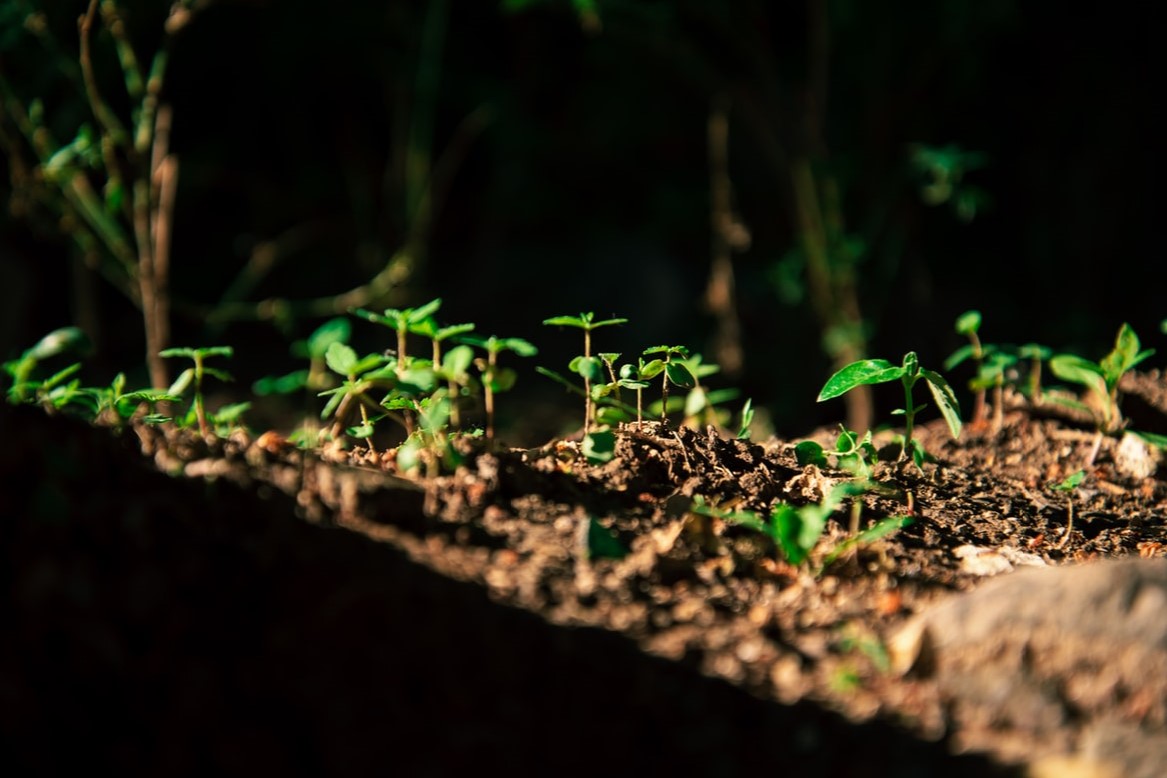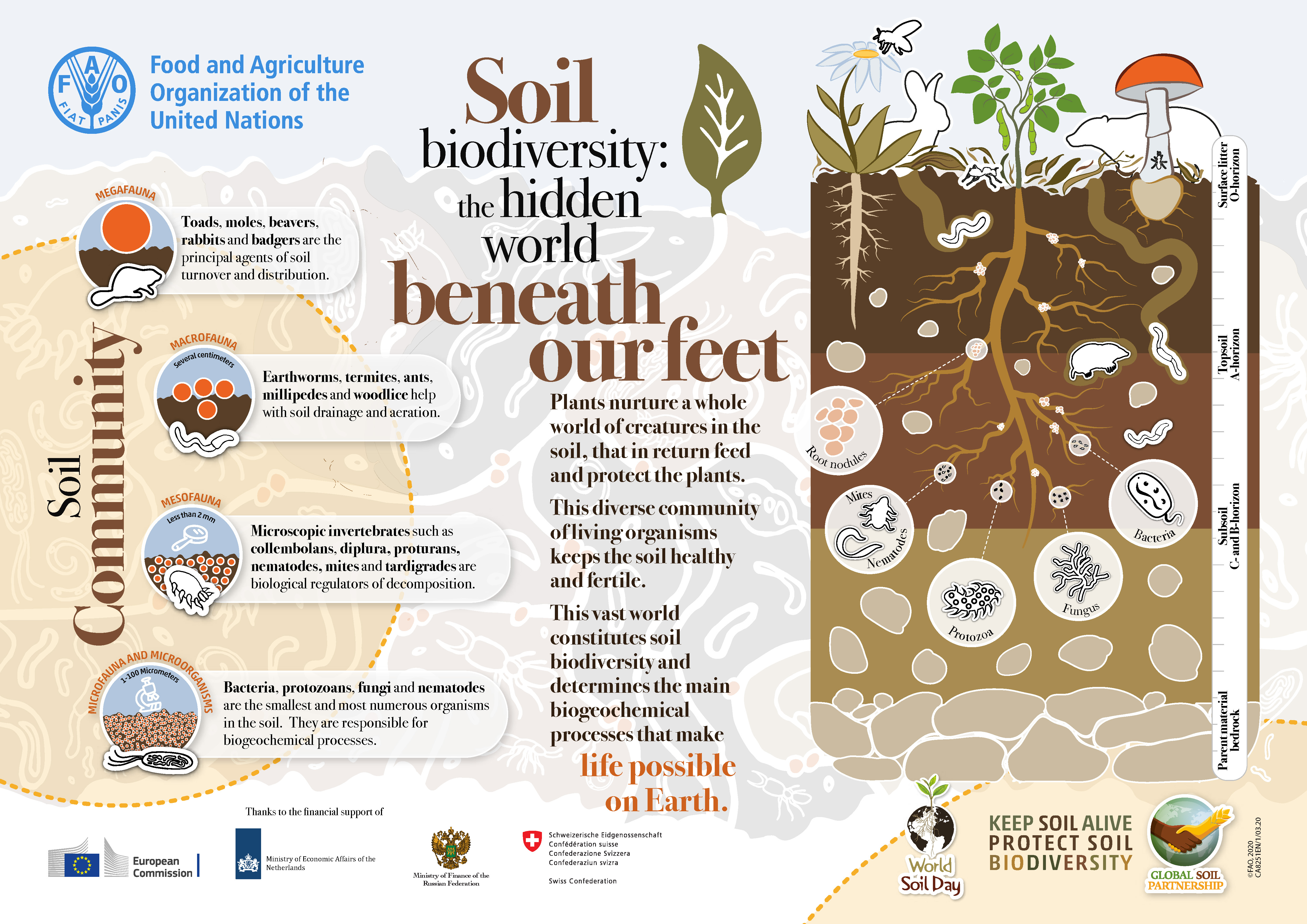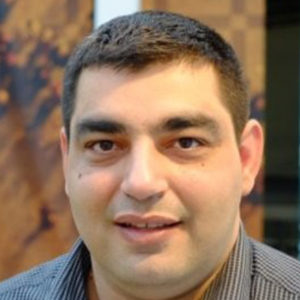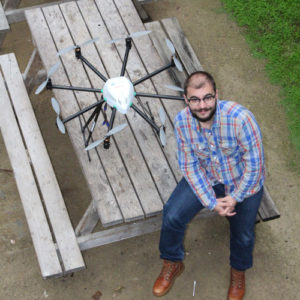
05 Dec Microbiome: Soil health is our wealth
Andrea Mihajlović
Junior Researcher, BioSense Institute
Genetics research findings has shown that genetics is not self-sufficient to describe all conditions and changes of living beings. Namely, if gene influence is a hundred percent, questions is why when we buy a great quality seed and plant it in our garden, it can fail. Now it’s clear that the environment is the culprit. However, another question is how to define the environment and what is its effect scope.
Therefore, all efforts are directed to external factors, macro and micro world that surrounds us. Technology advances enable us to go deeper and familiarize with our closest neighbors, tiny little world – microbiome. Simply put, microbiome is a community of different microorganisms – eukaryote, archaea, fungi, viruses and bacteria, inhabit in specific environment. Also, the term metagenomics is used. Every ambience has its own microbiome, and not only as whole (people, plants, soil), but as fractions (small intestine or rhizosphere – soil right next to the plant).
Soil is one of the most diverse microbial ecosystems in the world with 30% of worldwide biodiversity and it governs biogeochemical cycling of macro and micronutrients, improving plant health and their resistance to stressors, such as drought, salinity, heavy metal pollution and even parasitism. Soil and their microbes provide humans with up to 98.8% of the food we eat. Very important role of soil microbiome is in degradation and transformation of dead organic matter into a form possible for exploitation by other organisms. Nowadays, its part in carbon cycling should be under the shed of light since we are dealing with great pollution. Even a small change in soil microbiome can increase concentrations of atmospheric CO2. Also, microbes stimulate plant stress tolerance. Stress, like droughts and soil salinity, is known to be increased in recent years. Thus the soil microbiome needs to be carried out with more attention.
Unlike human microbiome, which is 30% cultivated (grown in specific conditions for research), soil microbiome is less than 1% cultivated. By investigating soil microbiome, we try to completely understand microbe roles and their influence, appearance patterns, to characterize inhabit environment, but also to understand different process in which they participate. This can be achieved by employing mathematics, informatics, biology and chemistry. Primarily, these kinds of research need to be well prepared with planned representative sampling technique. Microbes are not uniformly distributed in soil and their quantity can vary depending on the soil type (farm soil, compost, casing soil). Further, engineering tools are applied to explore collected samples.
In combination with molecular methods, genetic material “reading” is enabled by reading whole or only part of material (usually in microbiome studies these parts are 16 rRNA or ITS regions on DNA), after which the nucleotide sequences, parts of DNA, are obtained and ready for further analysis. Specific nucleotide order hides information about the individual.
Sequence itself doesn’t tell us much, so the bioinformatics analysis needs to be employed. It comprises sequence pre-processing which helps in next steps – identification of microorganisms. By using advanced mathematical and statistical tools, and in recent artificial intelligence, it is possible to precisely identify microbes, define characteristic microbiome in some environment, to quantify them, impact assessment on different soil conditions, disease prediction etc. The possibilities are great, but underestimated.
Besides molecular, other methods are applicable, too. For example, hyperspectral imaging which reveals hidden spectrum of light for the human eye and can capture responses of different microbes.
Soil sustainability through microbiome preserving should be priority in our everyday life since the soil health directly depends on micorbiome which is followed by environment and plant health, and in the end, our health.

Figure 1. Geonics Ltd. EM38-MK2 probe





















